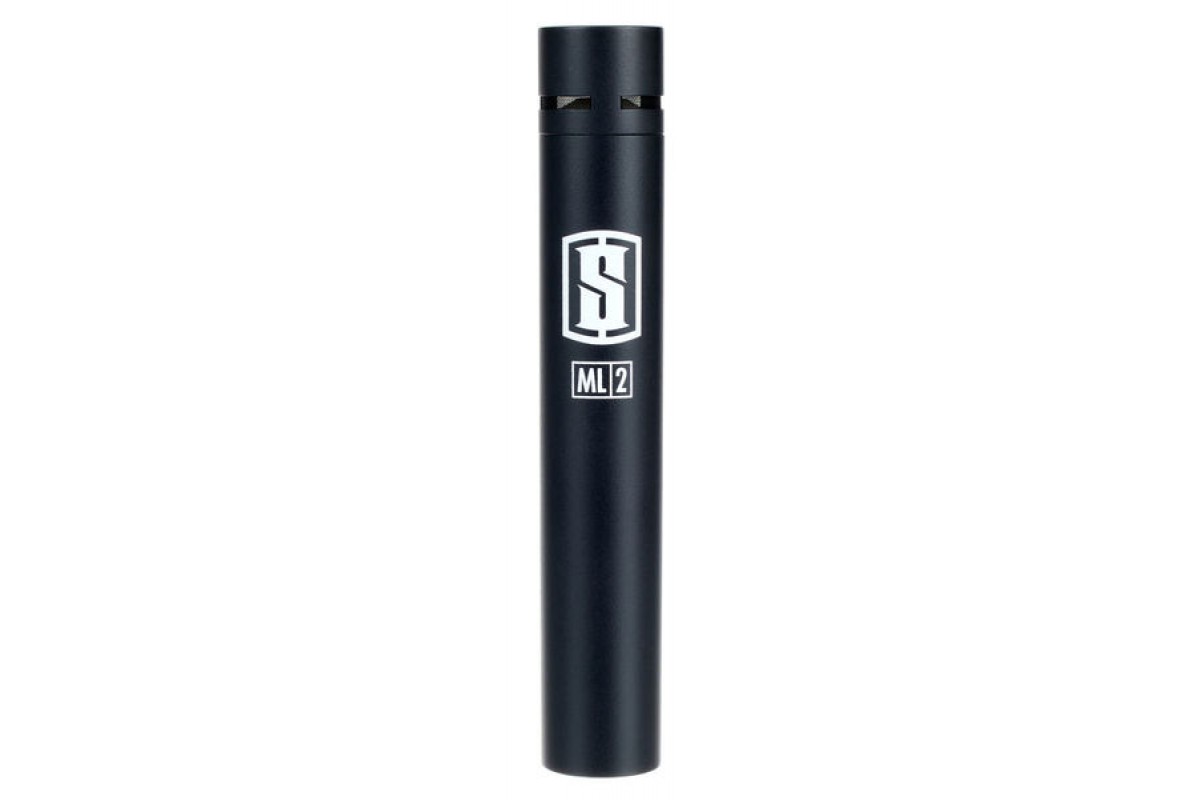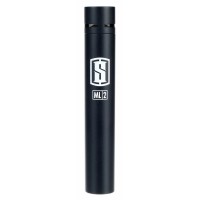- Studio & Recording
- Live Sound
- Room Acoustics
- Software & Plug-ins
- Guitars
- Bass
- Keyboards & Synthesizers
- Microphones
- Drums & Percussion
- DJ Equipment
- Accessories
Slate Digital VMS ML-2
Product Code:
Availability:
Availability:
Slate Digital VMS ML-2
Call for Availability
Call for Availability
₹16,050
Call 044-2819 3607 for availability
ML-2 MODELING MICROPHONE
The ML-2 microphone is the second model in our award-winning Virtual Microphone System. This small diaphragm microphone is capable of recreating the tone of an entire mic locker of instrument mics – including dynamics like the 57 and 421, cardioid models of classic ribbons like the 121, other famous small diaphragm mics like the 451 and 222, and even large diaphragm mics like the famous 414 and tube 67.
*Requires an iLok 2 or 3.
Like its big brother the ML-1, the ML-2 microphone was designed to have an ultra linear response with no distortion, so that it can serve as a blank canvas for our modeling software.
We tested a large number of mics during the development of the ML-2, and we found that even the most expensive small diaphragm microphone designs saturate when micing very loud and transient-rich sources like close mic’d drums. Therefore, we added a proprietary switch on the ML-2 called “Dynamic” which attenuates the mic’s output and repolarizes the capsule, allowing the ML-2 to be used in extremely high SPL situations without overloading or saturating. As a result, it can be used just like a dynamic mic on drums, guitar cabs, and more.
To get the most out of the ML-2 you can pair it with our VRS8 interface, which includes eight VMS Ultra Linear mic preamps. Additionally, the ML-2 is available a la carte and can work with any preamp, although we can’t guarantee that the software emulations will be accurate.
Latency Free Processing
The Virtual Microphone System software consists of the Classic Tubes microphone module, which contains eight classic tube microphone models. None of these processing blocks add any latency to the audio signal, so if you use a low latency interface with VMS you can track through the VMS software without any audible monitoring delay.
To accomplish this, we recommend a Thunderbolt or fast USB interface, recording at 96khz with the lowest buffer size possible. The combination of the 96khz sampling rate and low buffer size ensures the lowest possible latency.
ProMusicals © 2020
Made with ♡ by iTGS
ProMusicals © 2025









Reviews (0)